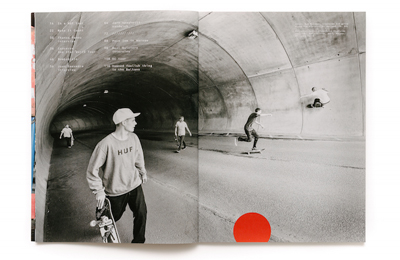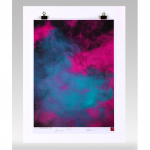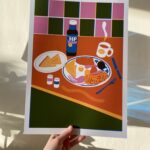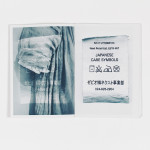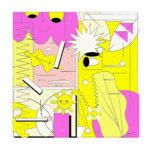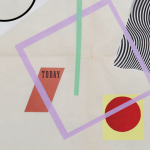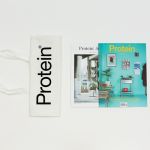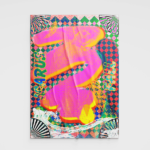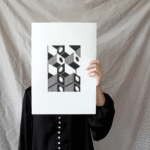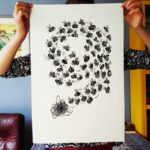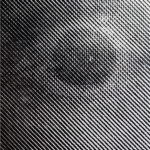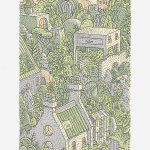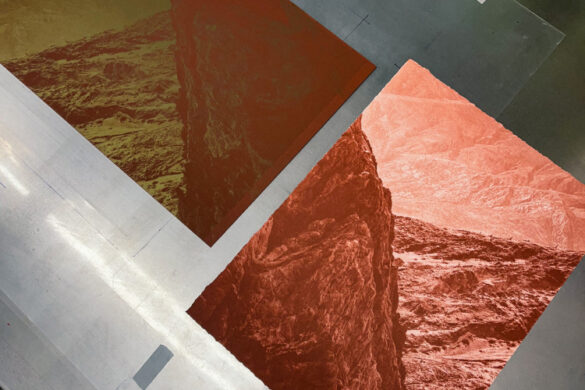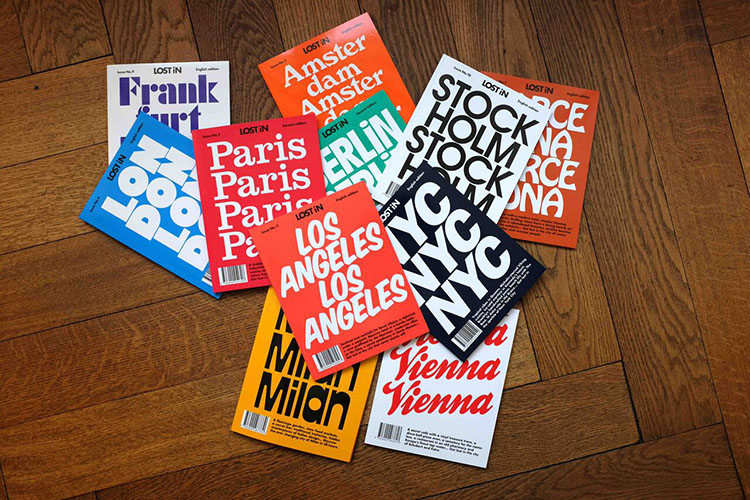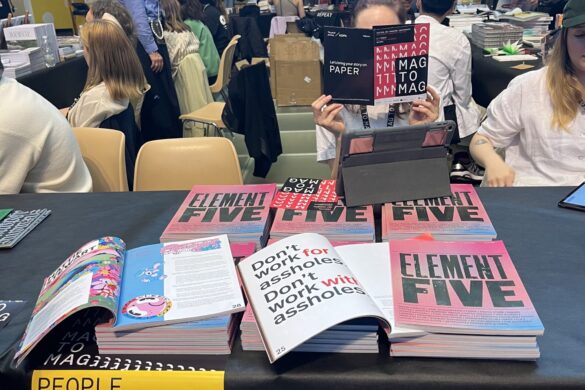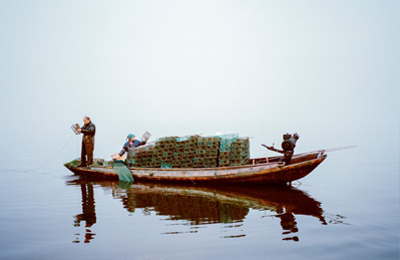There will always be something more gratifying about holding a magazine that is aesthetically and conceptually appealing than double tapping your phone screen to let the world know you ‘like it’. The chances are you’ll never look at it again, but a magazine offers a degree of permanence and exclusivity that you just can’t get from the internet. On the 30th march last year, Factory Media announced that they were closing all print operations in the wake of the digital boom, to focus solely on digital media and video production. With this, Kingpin, Sidewalk and Monster Magazine disappeared from print along with a longstanding set of values and traditions.
Magazines have always surrounded the skate scene and its culture, evolving with the sport since the first published magazine in the 60s, but now, it seems that content is increasingly fuelled by corporate interest and the pursuit of profit rather than the needs or wants of the skate community.
“There are a lot of corporate companies involved with skateboarding right now, but as long as they respect the actual skateboarders and don’t dictate the industry then it’s fine with me. I feel like when Factory decided to go all digital and kill their print mags this was an example of a corporate entity dictating the world of European skateboarding.”
When Factory released their news, Kingpin’s Will Harmon, Arthur Derrien and Sam Ashley decided to do their own thing with their pan-European, indie publication, Free, and it seems Factory’s loss was their gain, we caught up with them nearly a year later…
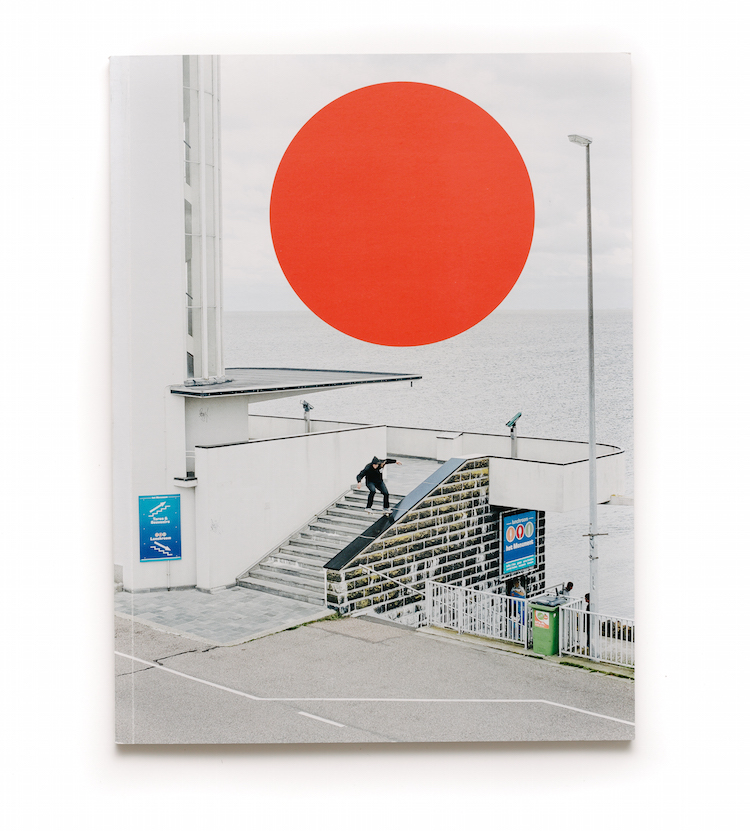
Can you tell us a bit about yourselves and your backgrounds before the magazine industry?
Sam: I watched Back to the Future in 1985 and have ridden skateboards ever since. I’ve been lucky enough to work as a staff photographer on skateboard magazines for over 15 years, before that I worked in a skate shop.
Arthur: I initially wanted to become an interpreter / translator but shortly after finishing University I got offered a job at Kingpin. It was supposed to serve as a little “break” between my 4 years at uni and looking for work in the field that I’d studied but I ended up staying there for about two years, only to then start Free with these two.
Will: I’ve been a skateboarder since I was 12 years old, but only began writing articles for skate magazines in 2006. I studied Journalism here in London at London College of Communications and during that time I wrote freelance articles for various skate magazines and other publications. In 2013 I was asked to be Editor in Chief of Kingpin Skateboarding Magazine. I worked in that role for almost two years until we started Free last May.
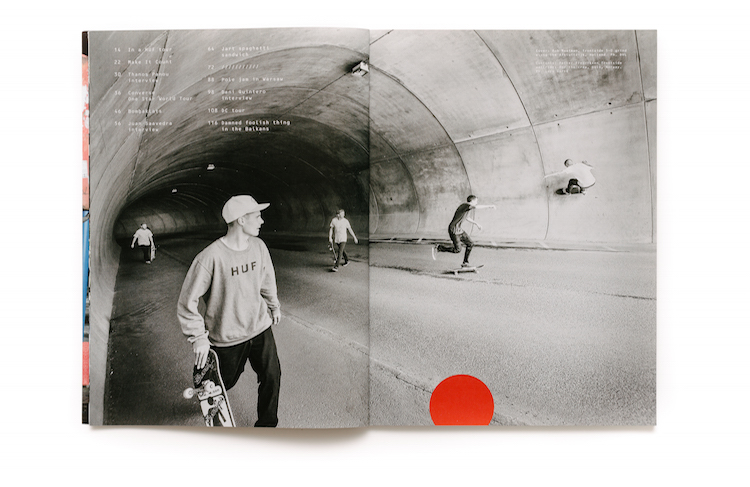
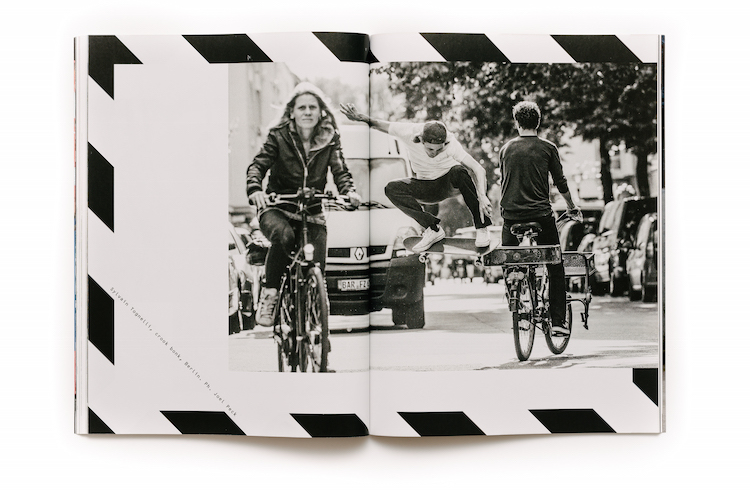
In your own words / opinion what happened to Factory Media?
Sam: They’re trying to make lots of money, they’re not really sure about how to do this.
Arthur: Yeah basically what Sam said. At the end of the day the only thing a company like Factory Media cares about is making money, which is fine. Only these guys went from trusting the “specialists” they employed (in Kingpin’s case us, the skateboarders) to help them do so, to completely ignoring or firing them. The problem is that Skateboarding is so niche that as an outsider you can’t just cluelessly guess what content skateboarders want to see or how they want to see it.
They refused to believe us when we told them that print was an essential part of our culture, that without it their brands would lose a lot of credibility (if not all of it) and they immediately paid for it. In retrospect them blowing it so hard is probably the best thing that ever happened to us.
Will: Yeah at the end of the day, Factory Media didn’t really have skateboarding’s interest at heart. It seems like they just decided to go all digital without really thinking of all the consequences. In my opinion print magazines are the best way to showcase skateboarding photography (and it’s what the photographers prefer) and we thought a lot of others thought the same. So on that hunch we started Free last year, and so far, it seems like people do still want to see skateboarding in print as we’ve had a lot of support from advertisers and skateboarders alike.
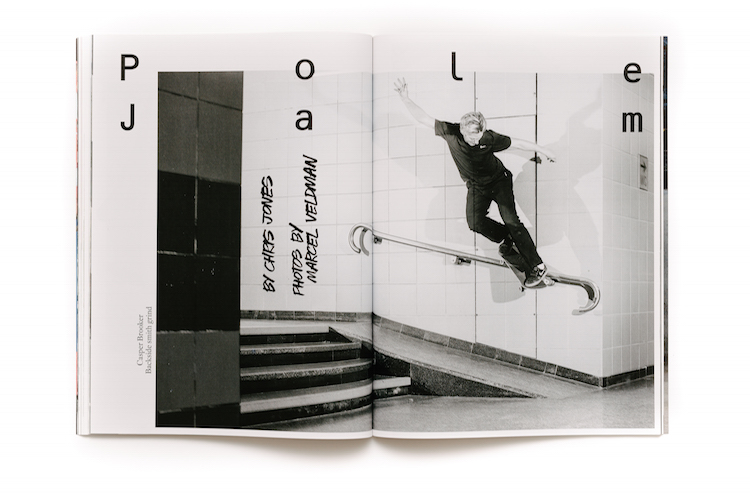
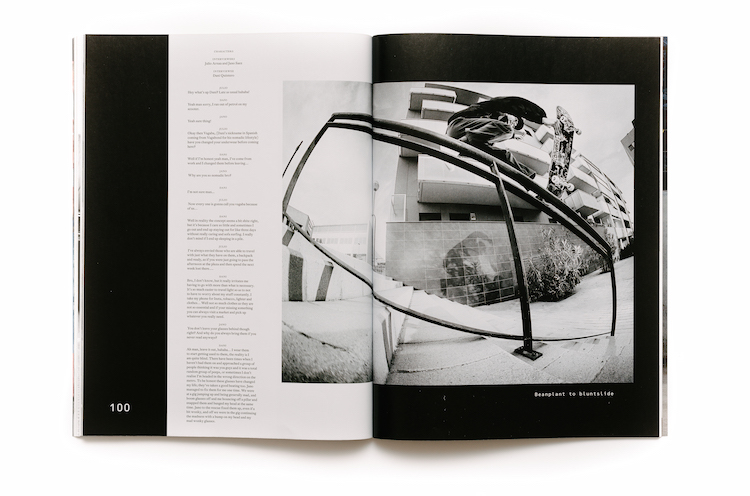
How did this influence you to start your own magazine?
Sam: We would have done it sooner, but whilst Factory were still printing magazines it would have been very difficult. I’d imagine a lot of advertisers would have struggled to spend money with both us and Factory, and given an either/or choice I can think a lot of them would have hesitated to burn the bridge and take a chance on the new unproven thing.
Will: Yes, like Arthur said, Factory cutting print was actually a blessing in disguise for us. It created this big gap in the European Skateboarding community and it was the perfect time for us to fill it.
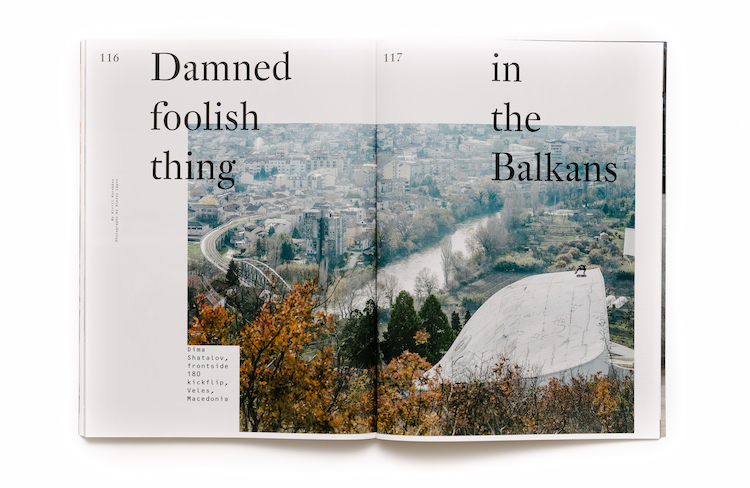
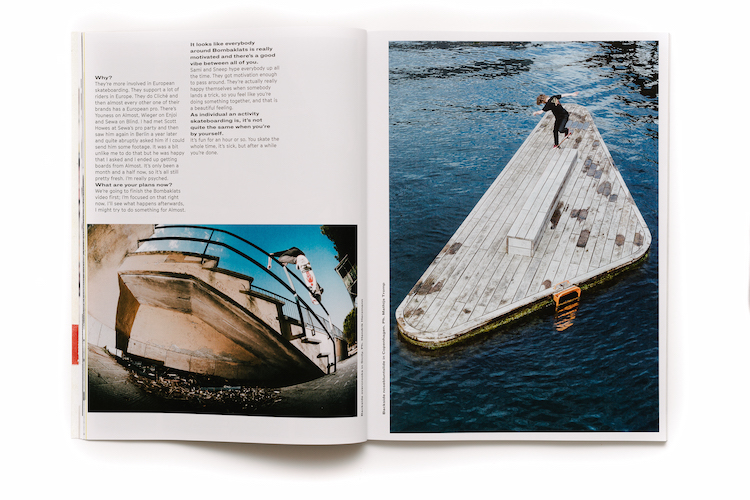
What would you say the ethos is behind the magazine?
Sam: To showcase the best skateboarding in Europe in the best way we can.
How important do you feel it is to keep skateboarding represented in a printed medium?
Sam: I personally think it’s still this best way to look at photos, whilst screens are getting better they don’t really grab me in the same way. Also with magazines you’re seeing a very curated selection, nobody is doing this online at all, it’s literally a sea of shit.
Arthur: And that’s exactly why for skateboarders, getting a photo in an online magazine is about as rewarding as seeing a photo of yourself on facebook or Instagram. Around the time when all the Factory Media stuff was happening I remember a sponsored skater telling me: “What?! Kingpin won’t be printing magazines anymore? What am I supposed to show my mum when I get a photo published? My computer screen?! She’s already seen photos of me on the Internet, I can put as many as I want up myself!”
We also got a similar reaction from people with important roles in the industry. When we asked brands if they’d be down to support another pan-European print magazine (us) a few of them replied something along the lines of: “of course, we want to see our boys (their riders) on the cover!”.
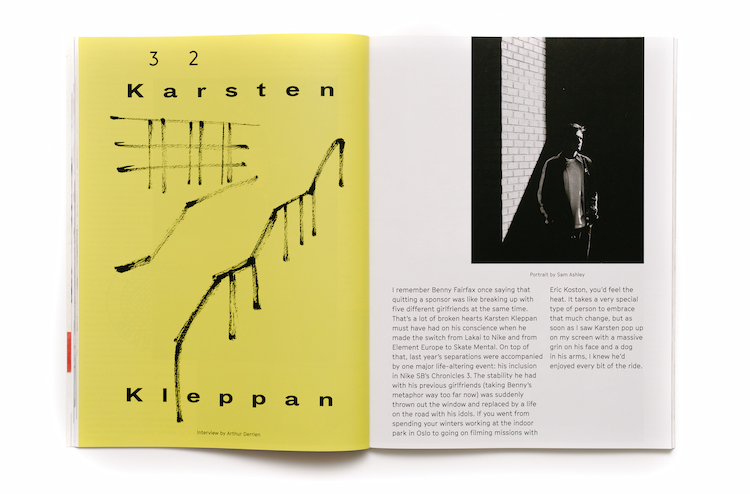
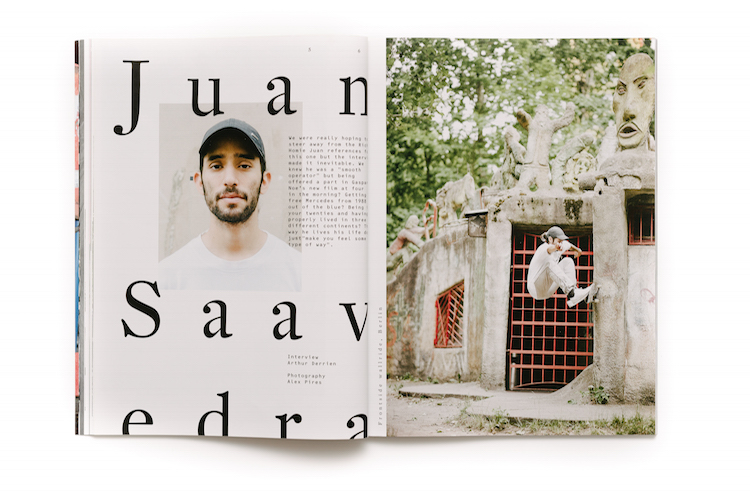
Aside from the obvious, why did you choose to call it Free, and why did you choose the red dot for the logo?
Sam: The dot idea actually firstly came about from not wanting a name or logo at all… Whilst this wasn’t really a viable option for various reasons, I thought about how the most minimal way to identify an object, as that’s all the logo on a skateboard magazine in a skate shop is required to do. If we were on the newsstand this wouldn’t really work. We went through a few colour choices but we eventually settled on pure red, I think if you’re going for something as minimal as this it doesn’t hurt to be a bit bold and attention grabbing too.
Arthur: As for the name it refers to a number of things. One of them being that we are “free” from the rules that are usually imposed on magazines by corporate publishers or the newsstand’s cover criteria. The most obvious example of this is, of course, our logo that we move around and change the size of on each cover but it also comes across in our layout (no two articles ever look the same) or the fact that we don’t have any regular features. It might sound a bit corny but I think deep down we’d like to feel as free with the magazine as we do when we’re skating.
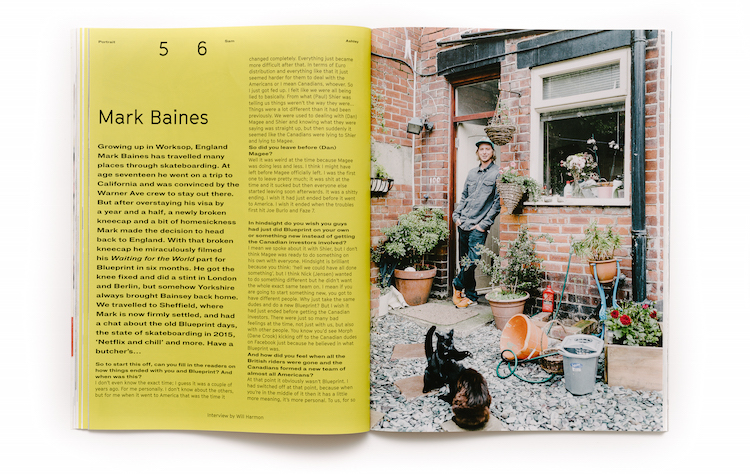
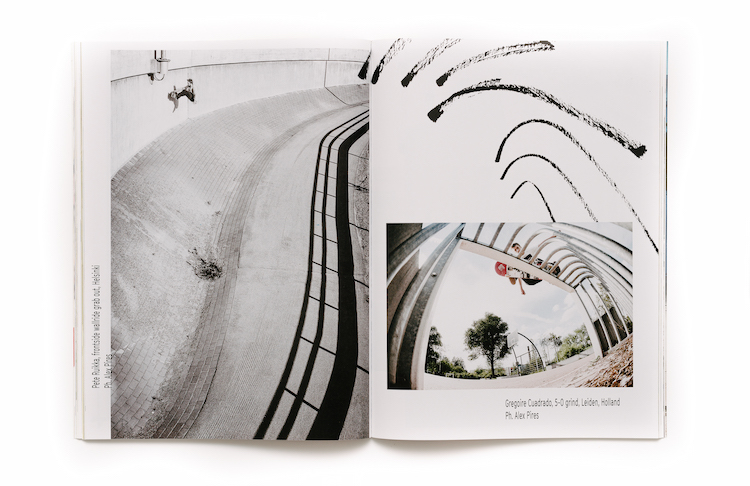
Recent years have seen a stronger corporate increase in skateboarding, it’s become a pretty controversial subject. Do you feel that skate media has become controlled by brands? and do you believe that it is changing the ideology and economics of skateboarding?
Sam: I can only really speak for ourselves, but we’re in no way controlled by any brands. We’ll work with them on projects, but everything on our pages has to go through our own personal ‘is this good?’ filter first.
I believe that brands respect this and in many cases it’s the reason why people want to work with us. Historically, the biggest skateboard magazines have been way more involved with brands than we ever would be; Thrasher, Transworld, Slap and Big Brother all started out as ‘house magazines’ for skateboard companies. There might be more corporate involvement in skateboarding these days, but in my experience these guys try to meddle far less with the magazine than a lot of the more ‘core’ brands.
Will: Yes there are a lot of corporate companies involved with skateboarding right now, but as long as they respect the actual skateboarders and don’t dictate the industry then it’s fine with me. I feel like when Factory decided to go all digital and kill their print mags this was an example of a corporate entity dictating the world of European skateboarding.
Killing the only print pan-European Skateboarding title had drastic consequences for the skateboarding community, but that didn’t matter to Factory. Suddenly many sponsored skateboarders couldn’t get photo incentives for their photos if there was no pan-European mag. The corporate brands we work with have never made such dire decisions like that and also we are good friends with almost all our contacts at these brands – they are guys we used to (and still do) skate with!
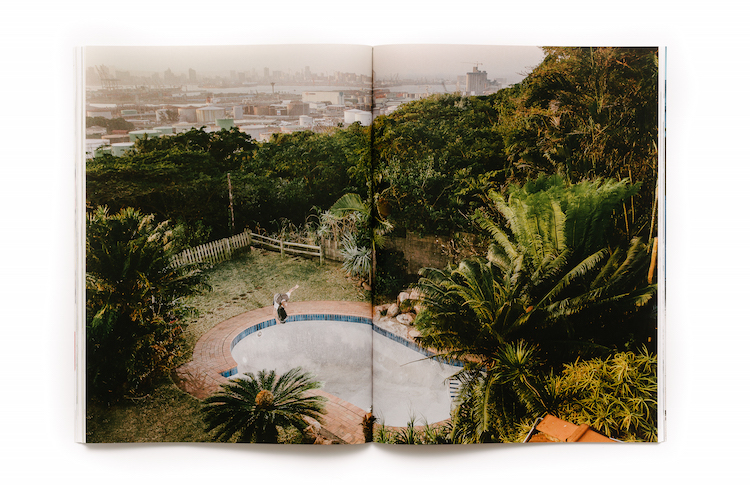
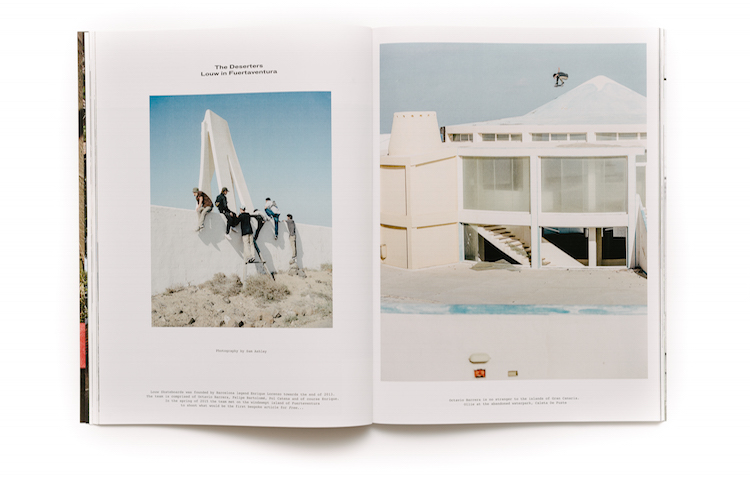
Has this influenced your ad – content ratio? How have you managed to fund the magazine with limited advertising?
Sam: We did this bit totally backwards: We picked how many pages we wanted the mag to be, and then just tried to sell ads and hoped for the best. This may sound stupid, but we knew we didn’t really want to bring our new magazine out with less pages than Kingpin had. I couldn’t even tell you what the ratio is, but it always seems to be about the same each issue.
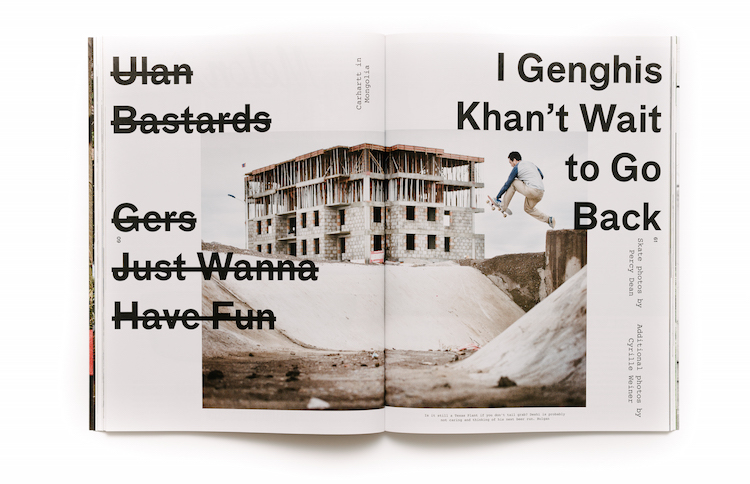
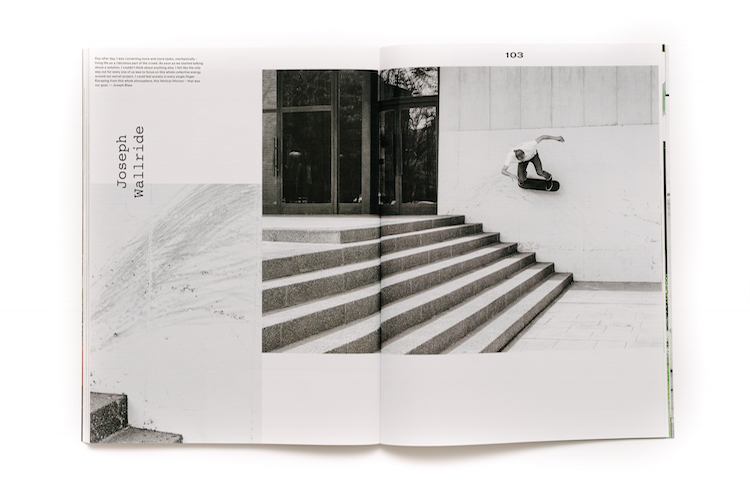
Does the content influence the design of the magazine?
Will: I would say yes and no. The designers (Ben Weaver and Seb Howell) have a special look for the mag and we really like it. I think it pushed the boundaries a bit and I’ve not really ever seen other skateboard magazines that look like Free. Certain articles we have incredible incidentals, which are sometimes as or more interesting than the skate photos, so the designers purposely present these photos in a more visible way. Even though Arthur, Sam and myself are the editorial team the designers give a lot of valuable input.
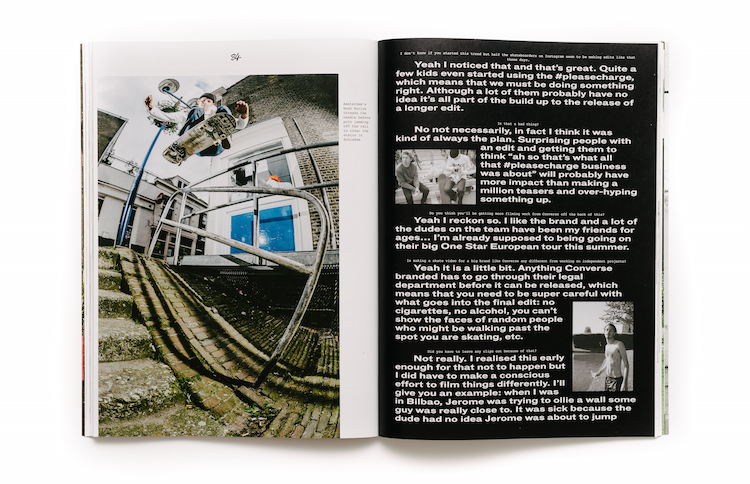
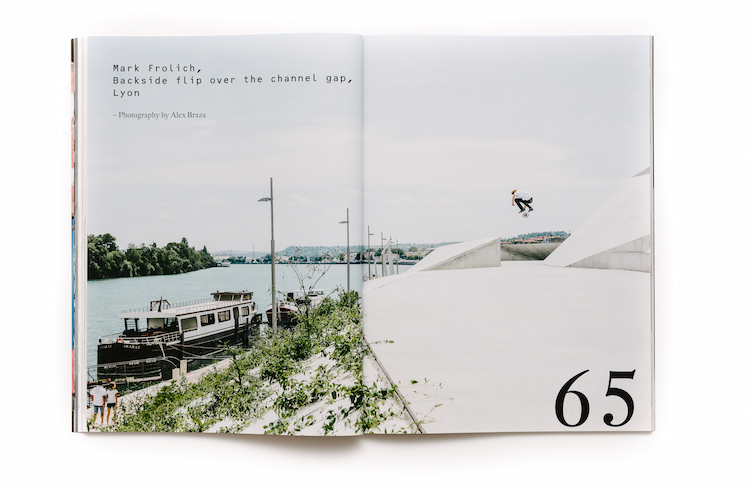
Is the magazine standardised throughout?
Sam: We try and make each one look different, and there are no ‘regular features’ at all.
Have you encountered any challenges in regards to the creation and distribution of the magazine?
Sam: Finding a printer took us much longer than I expected, quotes were all over the place. Cash flow was also really tight at the start; as we’re a new business we had to pay for 20,000 mags up front, and obviously the advertising money can take a little while to come in.
We’re using a very well connected skate distributor (Keen Dist) who have helped us immensely.
I think the main challenges have just been learning all the business bullshit really.
Arthur: I’d say for me the main challenges came from the admin/business side of things. Coming from an editorial background and knowing close to nothing about starting a company, some aspects of it felt pretty overwhelming. Having Sam and Will there really helped.
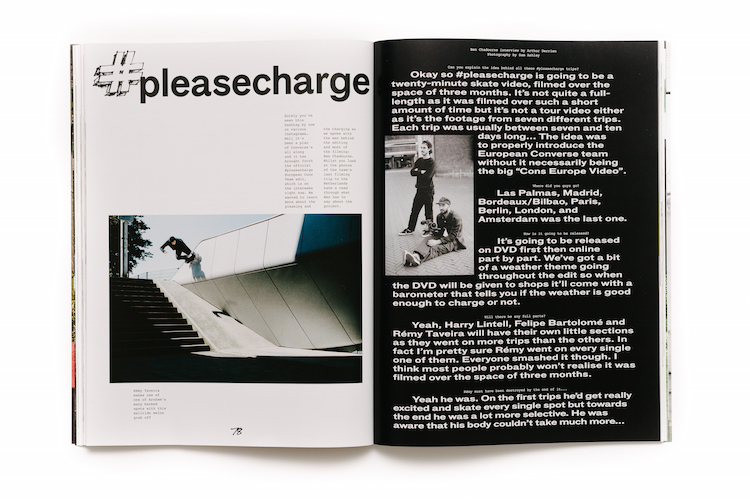
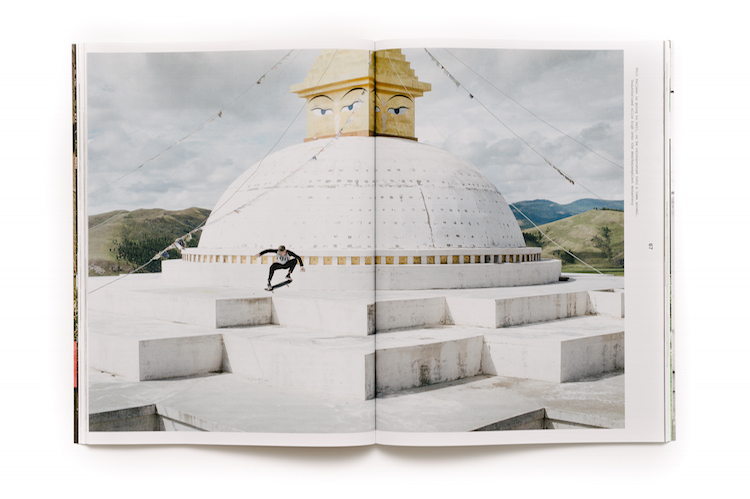
I read an interview where Sam describes the whole ‘Print Is Dead’ / ‘Print Isn’t Dead’ thing as a cliché – can you elaborate on this?
Sam: I feel like both these phrases were probably invented by people with an axe to grind, but then they get also repeated by people that don’t really understand the realities and the intricacies of what’s really happening.
I’d like to hope that printing magazines isn’t some sort of trend, and that by everyone repeating #printsnotdead it kind makes it feel a bit like a gimmick (or at least very defensive), are people still going to be saying it in 10 years?
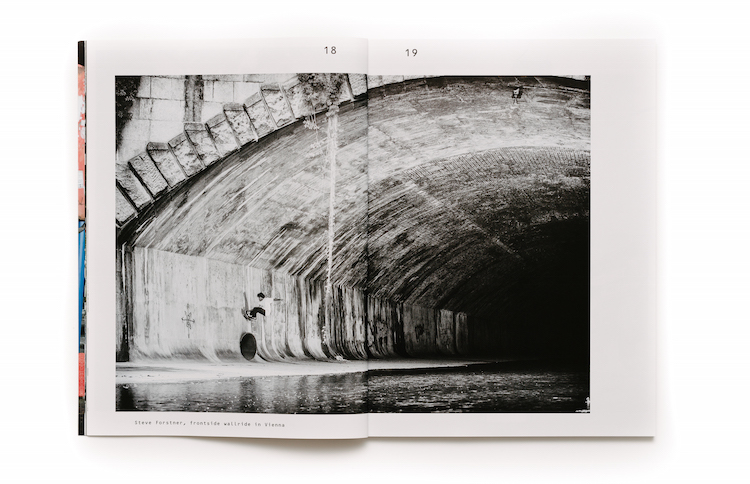
What are your plans for the future of the magazine?
Sam: Hopefully we’ll be saying #printsnotdead in 10 years!
@freeskatemag
www.freeskatemag.com
You might like...
- Markless Design - May 18, 2016
- Beyoncé | Lemonade - May 9, 2016
- IKEA X Katie Eary | GILTIG Collection - May 3, 2016

